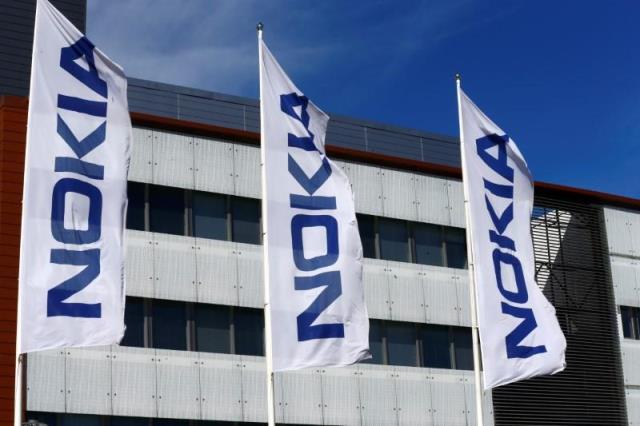Nokia announced a partnership with Brazil’s Telecommunications Research and Development Center (CPQD), a government-affiliated research body, to jointly develop applications and solutions based on the Open RAN (O-RAN) compliant near-real-time RAN Intelligent Controller (RIC).

The partnership will focus on 5G use cases in cooperation with Nokia’s Brazilian mobile operator customers including fixed wireless access (FWA), smart cities, IoT for Industry 4.0, and critical networks, which will be customized for the Brazilian market.
The collaboration is designed to create innovative use cases at the network edge. These use cases utilize Nokia’s optimized AirFrame open edge server solution and will allow CPQD to explore the potential of 5G to deliver an enhanced network performance with lower energy consumption, greater reliability, and security.
Nokia’s SEP enables use cases at the edge of the RAN. It runs on the edge or far edge datacenter and can share infrastructure with Cloud RAN or other virtualized network functions using open API capabilities to enable an agile and dynamic edge cloud environment for secure innovation with ecosystem and third parties.
The RIC is a virtualized 5G optimization technology that adds programmability to the Radio Access Network (RAN) and enables artificial intelligence (AI) and machine learning (ML) as well as new services. It provides a framework for deploying applications from multiple sources. The RIC platform provides functions and interfaces that boost optimization and automation.
Ari Kynaslahti, head of Technology and Strategy at Nokia Mobile Networks, said: “This partnership will explore the potential for innovative 5G use cases that will have real-world value in Brazil across a range of different areas, such as smart cities and fixed wireless access.”
